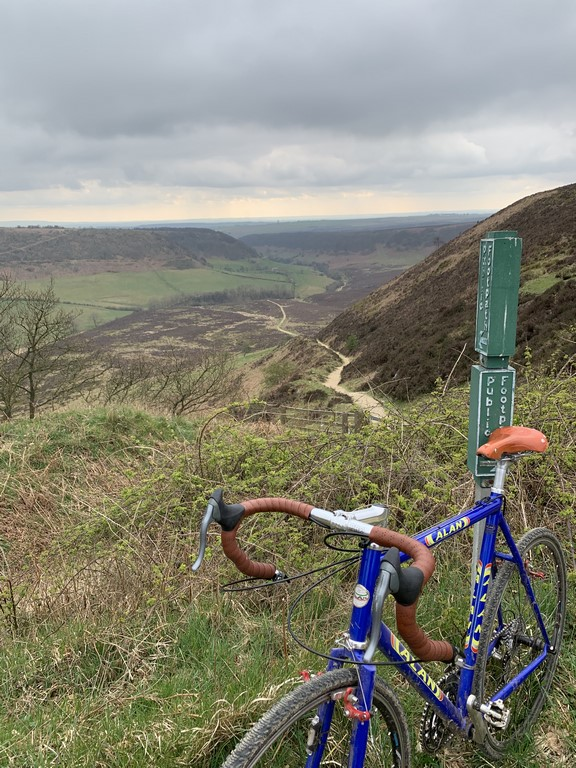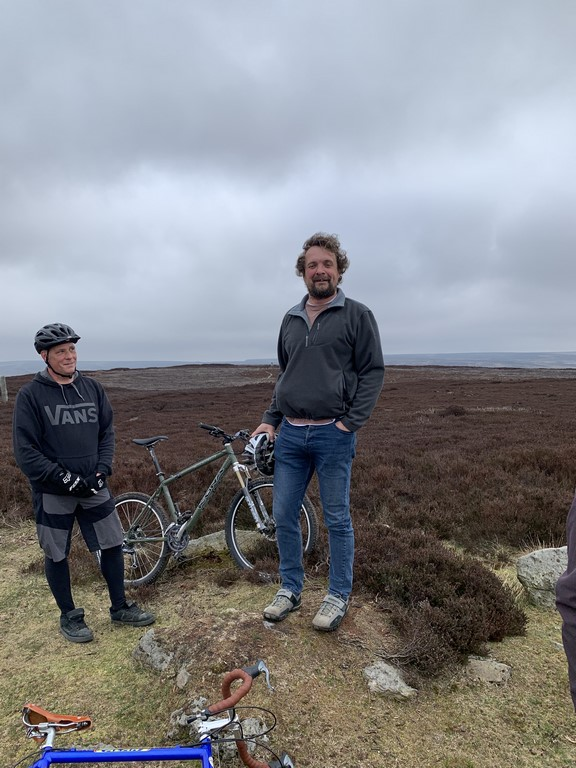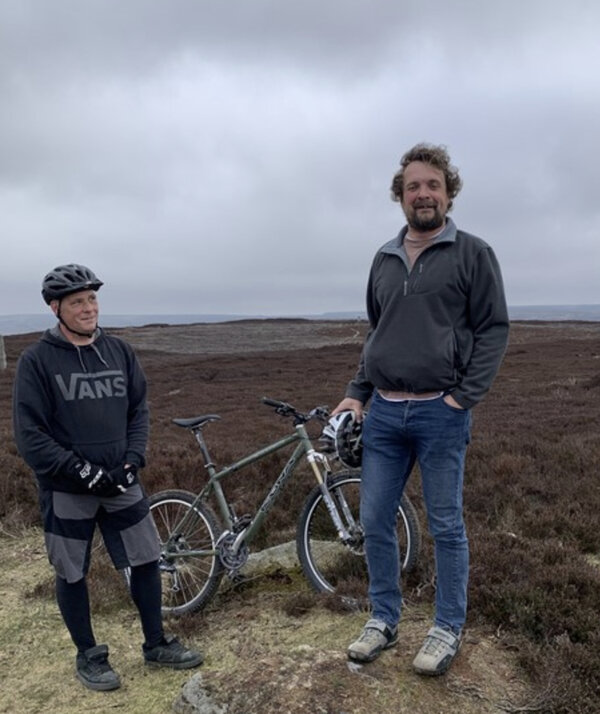hookooekoo
Senior Retro Guru
Skinny non-balloon tyres are hard work off road.
You can run with low pressures and go super slow to spot all the trail features that might cause a pinch puncture and wreck your rims. Or you can run at usual road pressure and get your teeth rattled out. And on rocky trails or slippery trails with mud you don't stand a chance.
I've taken my single-speed road bike from Fleet Moss down Cam High Road, and all the way down the track to Ribblehead, and that was very slow and tedious. Similarly, I once took my single-speed road bike up the road that leads up the back of Ilkley Moor, and ends at the radio mast. There's a way through to Ilkley, but I had to creep down at 2-3mph because the track was so rough.
You can run with low pressures and go super slow to spot all the trail features that might cause a pinch puncture and wreck your rims. Or you can run at usual road pressure and get your teeth rattled out. And on rocky trails or slippery trails with mud you don't stand a chance.
I've taken my single-speed road bike from Fleet Moss down Cam High Road, and all the way down the track to Ribblehead, and that was very slow and tedious. Similarly, I once took my single-speed road bike up the road that leads up the back of Ilkley Moor, and ends at the radio mast. There's a way through to Ilkley, but I had to creep down at 2-3mph because the track was so rough.


